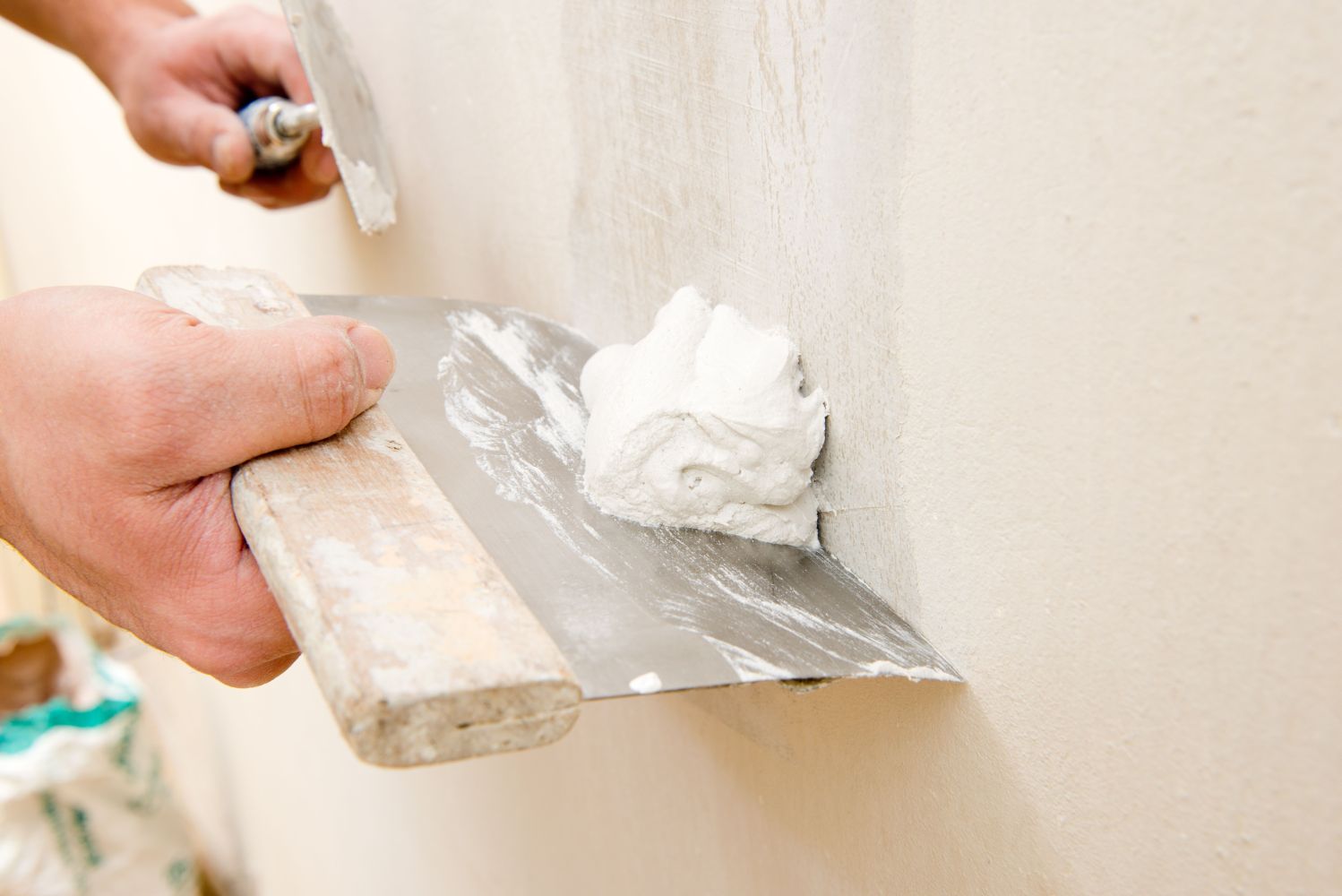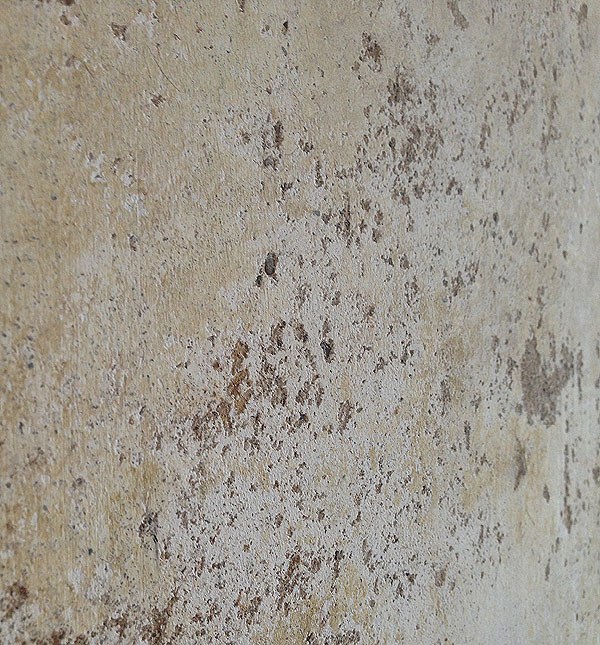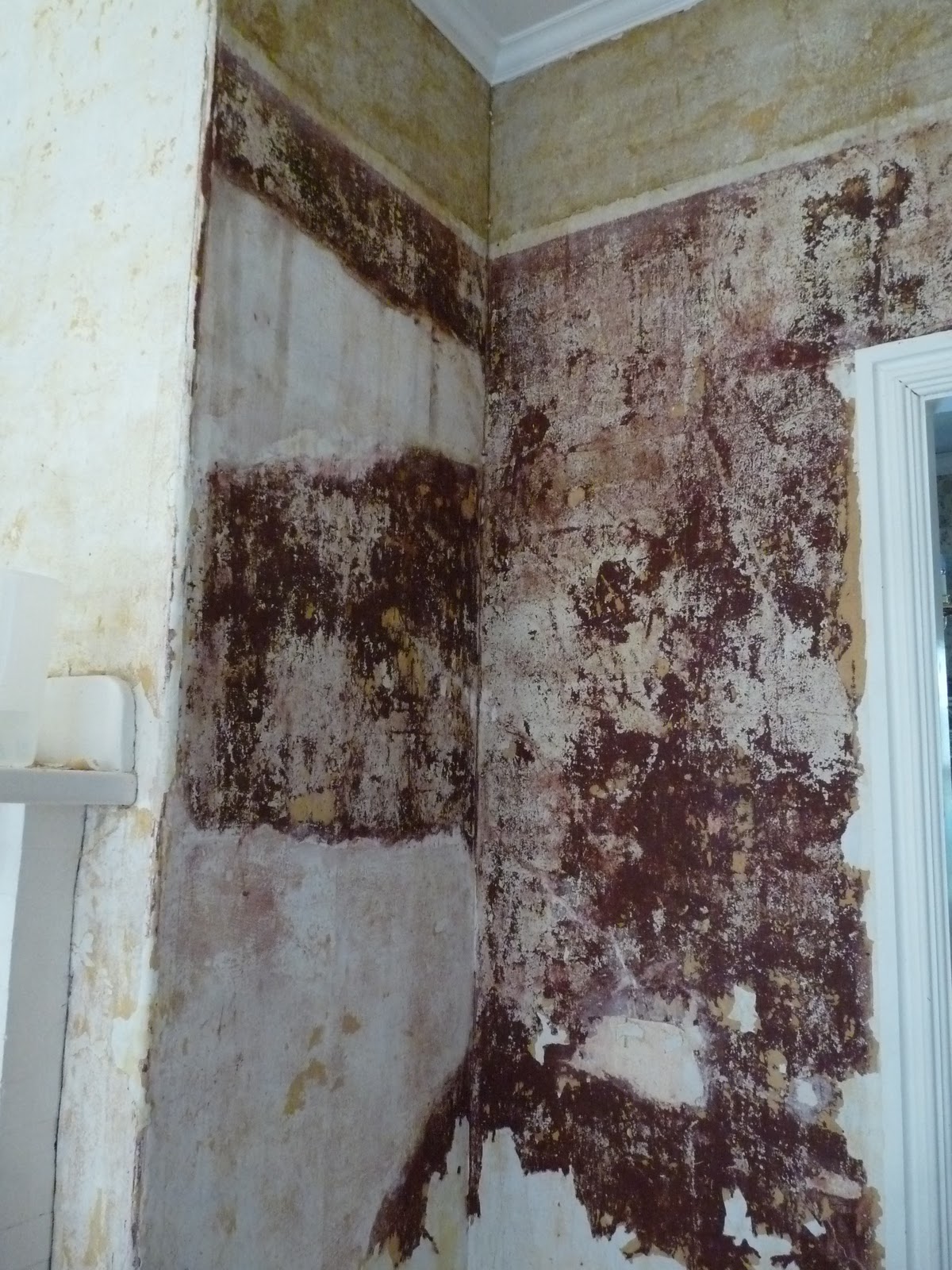

Once it is disturbed, particles of dust and debris can be inhaled, which is toxic and can damage your lungs and cause serious diseases. Asbestos is generally considered to be safe, unless it is disturbed. If your wall or ceiling has been decorated using artex, it is highly advised NOT to remove it. Until 2000, artex materials contained asbestos, which is a very dangerous substance. If you don’t have time to finish plastering your wall the same day, apply a thin layer of water to the dry plaster before applying the next coat Is Artex Dangerous? This is due to the previous layer of plaster sucking too much moisture out of the next layer, causing it to dry too quickly. If you apply it too late and the surface is dry, you may face cracking and flaking in the not so distant future. If you apply the new layer too soon and the surface is too wet, it will disrupt the previous layer. Keep the 15-30 minutes rule we mentioned in mind. One tip you need to ensure you follow when applying plaster over artex, is to apply a new layer of plaster only when the previous layer is damp. Wait 7-10 minutes and then repeat the cleaning and flattening step. You may not need this step, however if you can still see the texture of the artex then apply a third layer of plaster. Wait for this layer to firm for 7-10 minutes and then repeat the step of cleaning up edges and flattening the plaster.

This is the best period of time to apply a second coat, as you want the previous coat to still be damp.Īpply your second coat, which should be thicker than the first layer as the aim is to cover the high points of the artex completely. Wait about 15-30 minutes for your previous layer of plaster to dry.

At this point, it doesn’t matter if the plaster takes up the shape of the artex design, as you will be adding more layers on top of it. This will ensure that there will be no uneven areas or trowel marks when applying the next layer. Wait around 7-10 minutes for this layer to firm up, and then use your trowel to clean up any edges and flatten down the plaster. Once your PVA has dried, and is tacky, apply your first layer of plaster. Quite often applying a second coat of PVA, just to be safe, is the best course of action. You want your PVA to be tacky when applying the first layer of plaster, as this will ensure there is an adhesive bond between the base coat and plastering. If the first layer of PVA dries down completely, add a second layer. This will give the PVA a slight tint, which will allow you to see the areas you have covered.ĭepending on the porosity of the surface, you may need to add a second coat. You need to ensure you apply this emulsion to the entirety of the surface, so a top tip when doing this is to add either food colouring, or a handful of plaster to the mixture. If you do not apply a base coat, the surface may suck the moisture out of the plastering and cause flaking and cracking in the future. Remove these high points of texture using a metal tool such as a floor scraper or a wallpaper scraper, which will make the surface smoother and easier to work with.Īfter this step has been completed, follow the steps below:Īpplying a base coat to the surface is an extremely important step. If the height of the designs protrudes from the surface quite a lot, it may be best to firstly remove the bulk of them. When plastering over artex, or plastering over an artex ceiling, you will need to take a look at the texture height and decide whether the best course of action would be to remove some of the height, or if it’s flat enough to solely plaster over. Some artex designs are much harder to plaster over than others, due to the height of the texture on the surface. You can plaster over artex surfaces, but trust us, it’s not as easy as it looks. Artex surfaces are extremely difficult to repair, a pain in the neck to clean - and not to mention, a little tacky. However, after hitting the 20th year of the 21st century we’re now not so keen. From swirls, to spikes and everything in between. Back in the 1970s - 50 years ago, believe it or not - textured walls and ceilings were at the height of home decor fashion. Quite often, walls were given a bumpy texture to add a bit of pizzazz to a room - well, in the 70s we mean.Īrtex designs are extremely dated. Artex is most commonly used for ceiling decoration, however it is not uncommon to find it on walls inside a home. Have you ever looked up at a ceiling and been met with fancy swirls, patterns and texture? Congratulations, you’ve been in the presence of an artex coated ceiling.


 0 kommentar(er)
0 kommentar(er)
